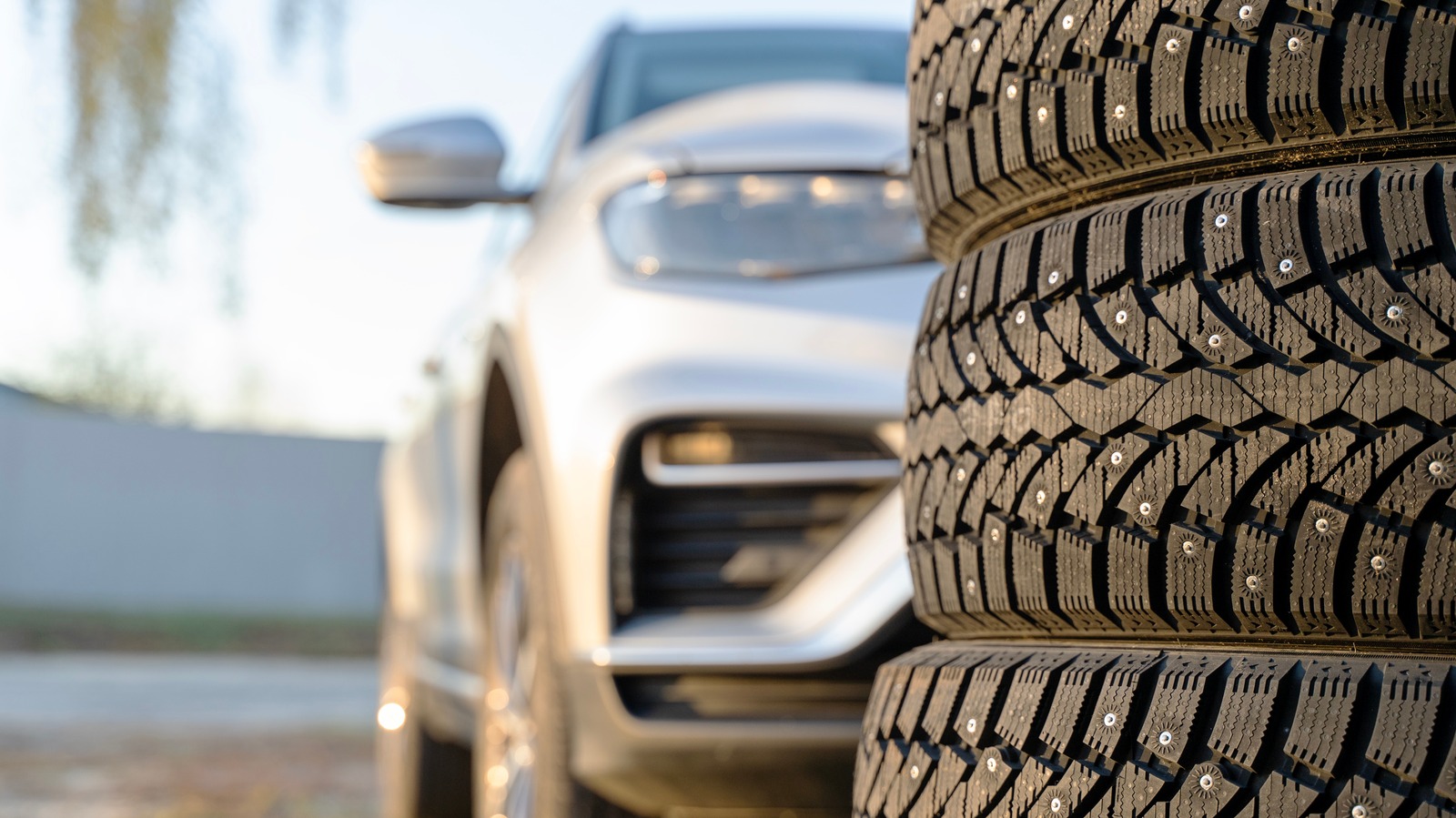Summary
Studded tires dig into ice, but also into pavement, so there are costs beyond the price of rubber to aiding driver safety. Some states dont want to pay it.
Source: jalopnik

AI News Q&A (Free Content)
Q1: What are studded tires and how do they function?
A1: Studded tires are winter tires equipped with metal studs inserted into the tread blocks. They provide enhanced traction by biting into ice and hard-packed snow, making them effective in icy conditions.
Q2: Why are studded tires considered illegal in some U.S. states?
A2: Studded tires are prohibited in certain U.S. states because they cause significant damage to road surfaces. The metal studs can wear down pavement, leading to costly road repairs.
Q3: Which states in the U.S. have restrictions on the use of studded tires?
A3: Many states have restrictions on studded tires, either banning them outright or allowing them only during certain periods. For example, states like Florida, Hawaii, and Illinois ban their use entirely, while others permit them seasonally.
Q4: Are there any alternatives to studded tires that provide similar benefits without damaging roads?
A4: Yes, there are alternatives such as winter tires designed with special rubber compounds and tread patterns that enhance grip without the use of metal studs. Chains are another alternative, although they are also restricted in some areas.
Q5: What are the potential economic impacts of using studded tires?
A5: While studded tires improve safety in icy conditions, they can lead to increased maintenance costs for road repairs. This economic burden is one reason some states choose to ban them.
Q6: How do regulations on studded tires vary between different regions?
A6: Regulations vary widely; some regions allow studded tires seasonally to balance safety with road preservation. States in colder climates may be more lenient, whereas those with milder winters tend to restrict their use.
Q7: What are the environmental considerations associated with the use of studded tires?
A7: Studded tires can contribute to environmental degradation by creating fine particulates from road wear, which can impact air quality. Additionally, the need for frequent road repairs increases the carbon footprint of road maintenance.
References:
- Snow chains





